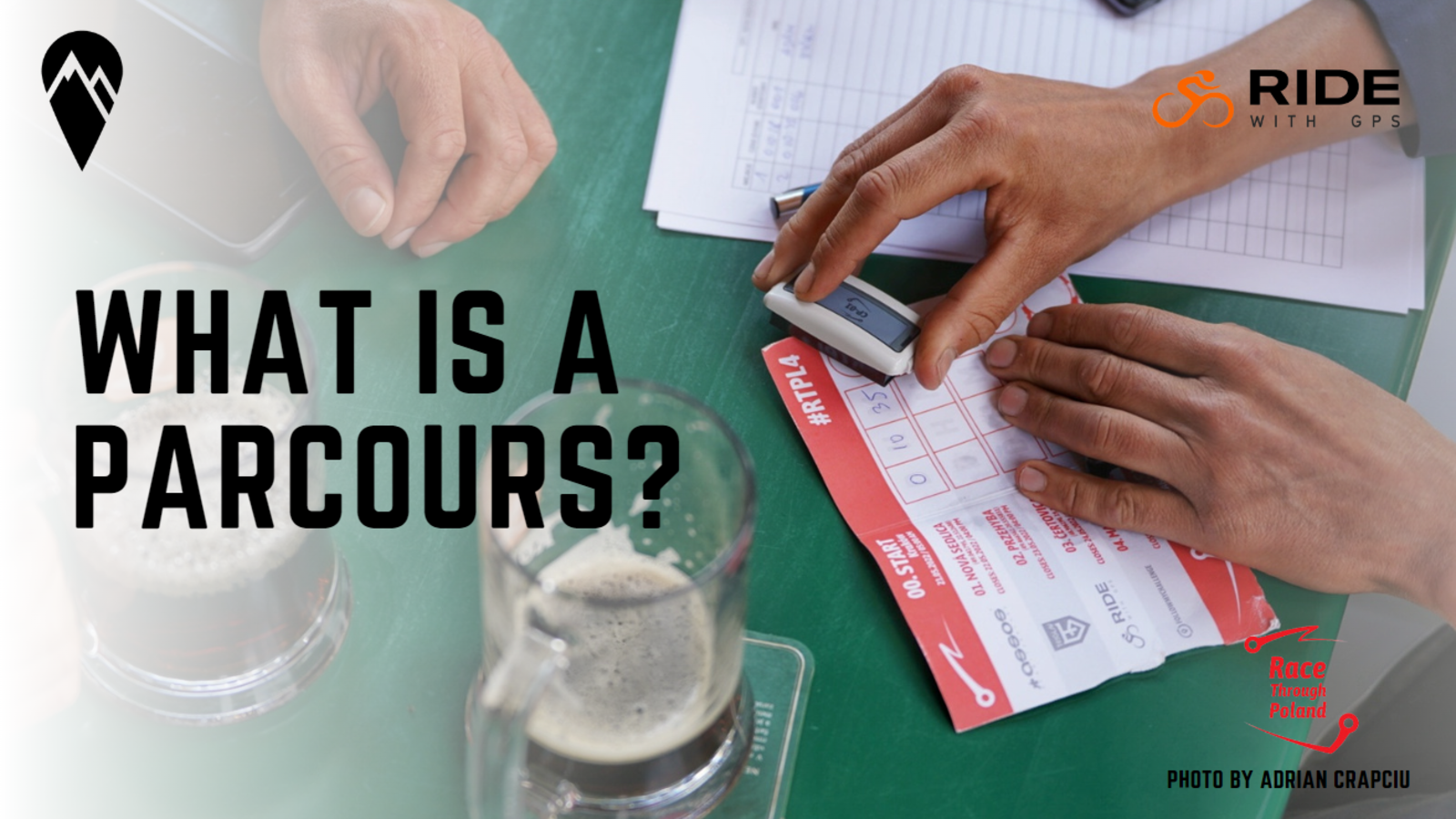DotWatcher.cc
What does Parcours mean?
Parcours directly translates to course in French, meaning journey or route. This translation points to its use in ultracycling.
Often, even though races are not based in France, Parcours will be used. Some may use courses, sections or another translation.
All photos by
What is a Parcours?
A Parcours in ultracycling is a defined, mandatory route section that is placed in a free-route ultra-distance race. It is often accompanied by a checkpoint or control point which can be staffed or unstaffed.
The riders may ride any route they like between the start and finish, but must complete each Parcours in the correct direction to qualify as a finisher*. This means the Parcours must be included in their final planned route, usually the Parcours have to be completed in a specific order.
A Parcours is often a climb with the control point at the top, allowing riders to rest and recover before heading out on the race again. However, this isn't always the case, sometimes the CPs can be within the Parcours itself.
How is this different from a checkpoint race? Often the checkpoints are more plentiful, are at the top of considerable climbs or at monuments and aren't manned. Checkpoint races are a different kettle of fish and we'll explore them at a later date!
- in 2022 the Transcontinental Race had a bidirectional Parcours but all riders rode it in the same direction
An example Parcours
To understand why races include these Parcours, let's have a look at Race Through Poland. Kicking off this weekend is the 5th edition of the race, with 5 Parcours, the route covers around 1000km with the sections ranging from 21km to 185km. A pretty big chunk of your overall route!
We'll use Parcours 2, Modre Sedlo, which is provided by Ride With GPS, as an example for why these parcours exist.
At 79.8km with 2,684m of climbing, this is a significant ride that takes on not one but two major climbs with elevation between. It includes the Eastern face climb of Spindler's Mountain, which borders Poland and the Czech Republic as well as the Westward facing climb up from Pec pod Sněžkou, the Modré Sedlo climb.
This rather circuitous route takes in two legendary road climbs and allows riders to explore some amazing parts of the landscape. But, it does beg the question, why?
Why include Parcours on an ultra-cycling race?
The answer is both simple and a little more complex. In short, it is a way of including unmissable climbs whilst funnelling riders to a checkpoint. It adds elevation and gives riders a backbone on which to build their free-routed race.
The more complex answer stems from race organisation itself. Creating a free-routed race isn't quite as simple as picking some places you like and making riders ride between them. There is a lot more to think about including race flow, safety, route options and the rider experience on the route.
As , Race Director at and creator of , puts it:
A race should unfold like a story, following a narrative. Riders should feel the route naturally progressing as they ride. Creating a set-route race is often easier than a free-route race. Race directors must think about every possible route between the Parcours, creating a race that flows well, creates a strong narrative but still allows the riders some freedom with their route choices.
After all, when you sign up to an ultra-race it isn't about churning out miles and miles with nothing to entertain you other than your own thoughts and the pedals turning. Races often include stunning views, famous climbs and a careful balance between challenging and rewarding without falling into the realms of boring or too brutal.
Parcours allow race directors to include these features and minimise long, tedious sections within the route, whilst still allowing racers to choose their own adventure. This gives racers the richest experience of a new place or country, guiding them thoughtfully to beautiful locations but maintaining a sense of personal exploration.
The final, and potentially most important reason, is safety. Every country has their own classification of road, often it can be confusing for non-natives and could lead to some riders heading along some unsafe roads or tracks. Adding a parcours to purposefully divert a dangerous road is quite common in races.
The Conclusion?
Parcours are part of the rich story which each ultra-cycling race tells. Without them, Race Directors like from Race Through Poland aren't able to weave a tapestry through their chosen landscape which provides racers with equal parts adventure and achievement.
Next time you are dotwatching a race with Parcours, have a think about how you may link them together and put yourself in the Race Director's shoes! This can create a much more enriching dotwatching experience.

